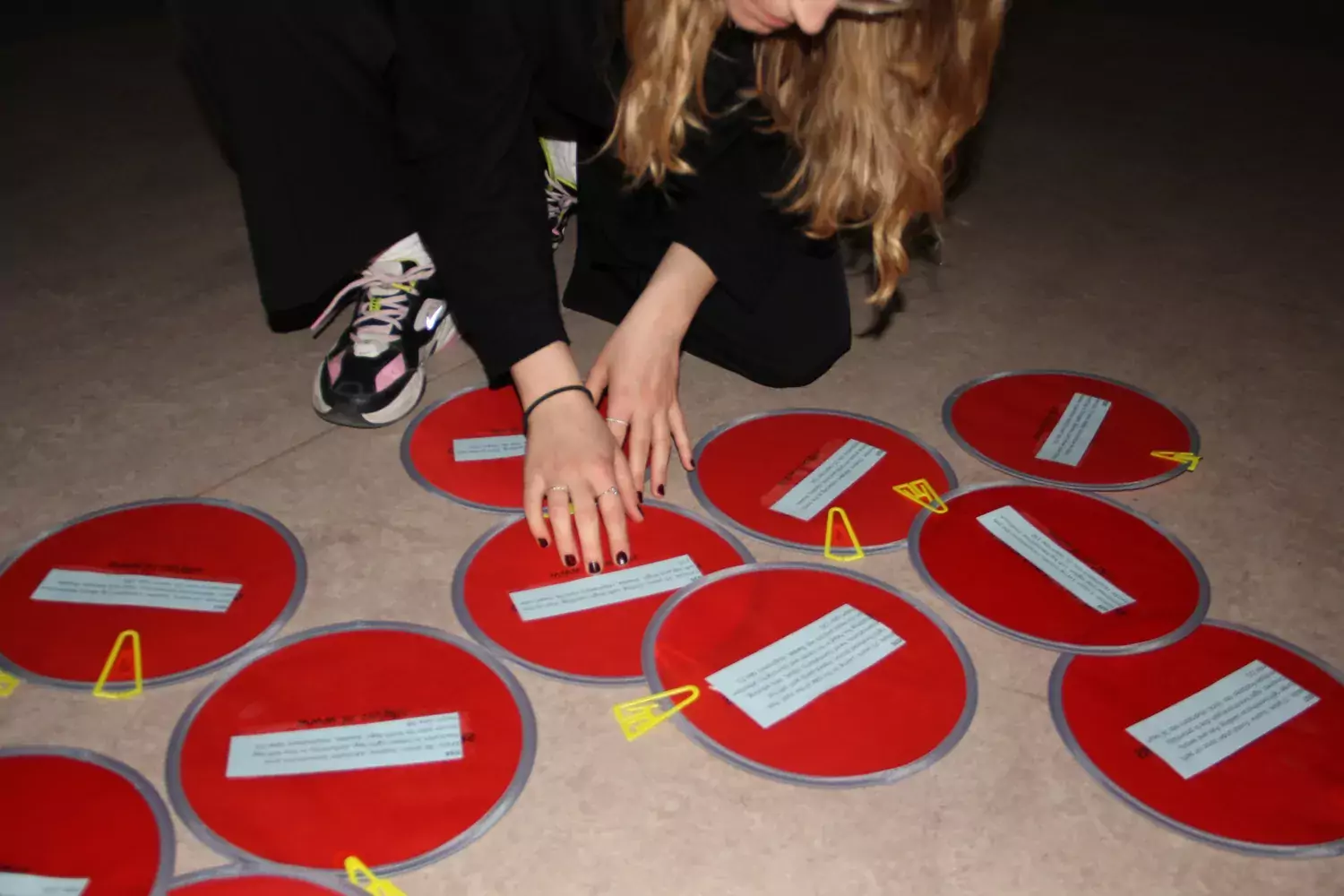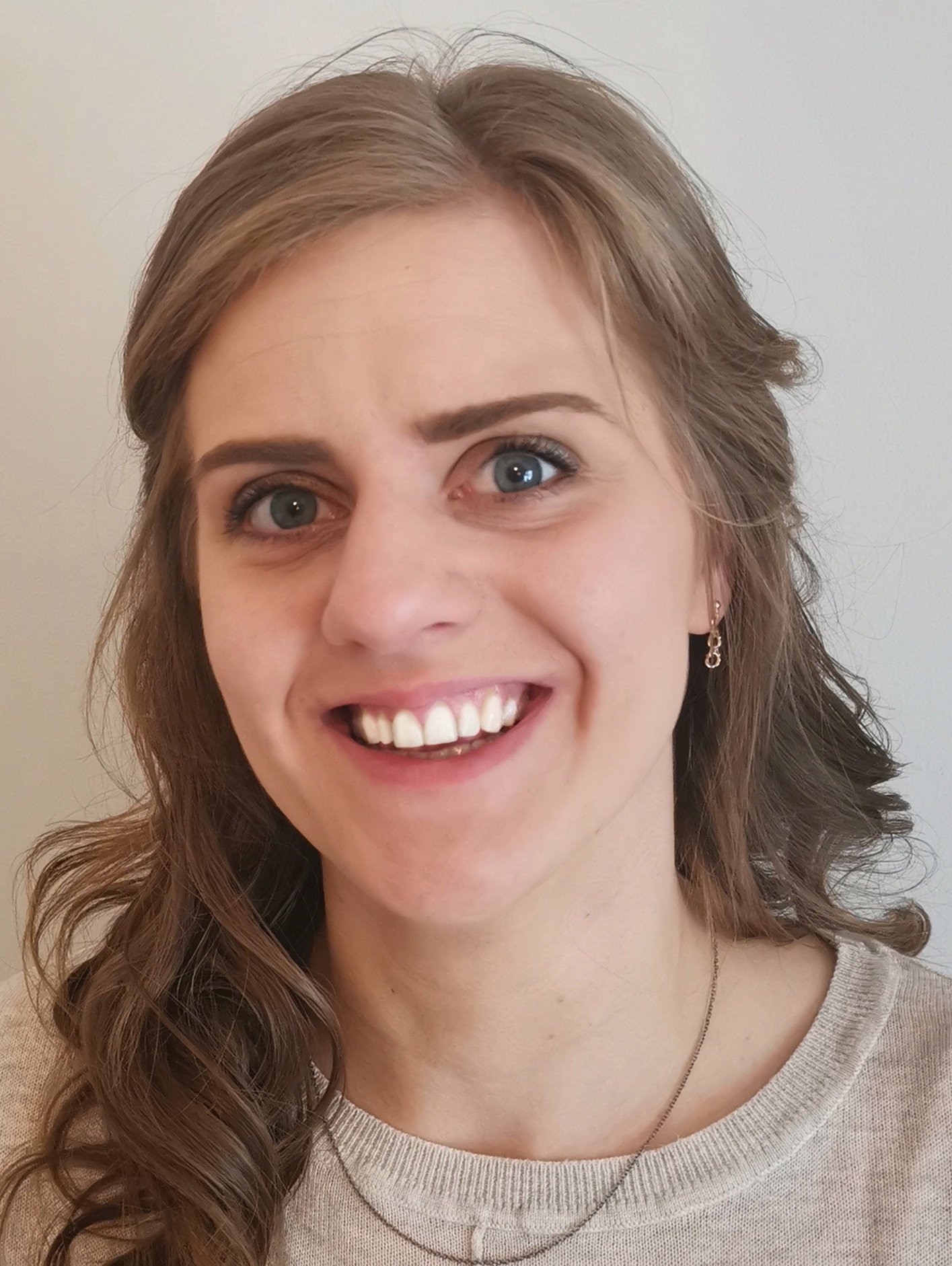Impact case: Training tools for simulation of mass casualty scenario
Catastrophic events can come unexpectedly, but when they happen the rescue personnel comes under severe stress. In the chaos after a major traffic accident, a train wreck or even a terrorist attack, good organisation and leadership can minimise harm and save lives.


After a big accident, time is critical. With many injured at a chaotic scene, medical staff must make quick and sometimes difficult decisions under stress. That includes the process of triage – to prioritise which of the injured persons need immediate care, and allocate resources accordingly, with the objective to minimise harm and save as many lives as possible. But how can you prepare for such a situation?
The centre Global Disaster Medicine at KI has developed simple and efficient training tools for simulation of mass casualty scenarios.
"The main focus is to train the key skills of organisation, communication and leadership," says Moa Herrgård. She has developed the training tools, together with Johan von Schreeb. "Even under stress you must keep your cool and make clear decisions, and not just get frustrated or angry when the pressure increases. Those are the main goals of the simulation training," she says.
Two training tools
They have developed two training tools, an analog and a digital version. The Analog Triage Exercise, Antriex, takes place in a simulated disaster area where victims are represented by soft frisbee discs. On the frisbees are notes with distinct description of each person at the accident site, including any injuries. "The notes might say: man, age 50, 14 breaths per minute, pulse 85, walking around seemingly confused, with bruises and stomach pains. We can have up to 60 different frisbees, depending on the scenario," says Moa Herrgård.
AnTriEx and ViTriEx
During the covid pandemic the Antriex tool was developed into a digital form, called Vitriex, where the triage and organising is done virtually, on a computer screen, and digital whiteboards are used to organise the rescue work.
The lights are lowered, sound effects like screaming, traffic noise or the sound of rain can be added. Then the frisbees are thrown out randomly and the participants are told that they are the first ambulance at the site. More ambulance and hospital resources, if available, can be called to the scene.
"From there they have to deal with the situation, organise and communicate, avoid chaos and save as many as they can with the means at hand," says Moa Herrgård.
Red, yellow, and green
The injured are sorted using vital signs like pulse and breathing. Red is used for the most critical, followed by yellow while green is used for the walking injured.

The training is now a part of the medical program at KI, and exercises with Antriex have been conducted in collaboration with WHO in Yemen, Iraq, Cambodia, Moldova and Ukraine. Several healthcare regions in Sweden are asking for the virtual form of training.
"We got the idea from seeing simulation tools that are more complicated. We wanted something less complex, where you don’t need pages and pages of instructions," says Moa Herrgård. "This model can be set up quickly and is easy to use in any context or country. You can adapt to different forms of accidents, contexts, and countries, by simply changing some of the parameters or resources. These are important skills to practice, and we can do it very simply."
Key takeaways
- Design tools that are easy to use and adapt. The analog tool (AnTriEx) uses frisbees and scenario cards to simulate chaotic environments in a cost-effective way.
- Be ready to evolve with changing needs. During the pandemic, the training was successfully digitized (ViTriEx), showing how methods can evolve to remain relevant.
